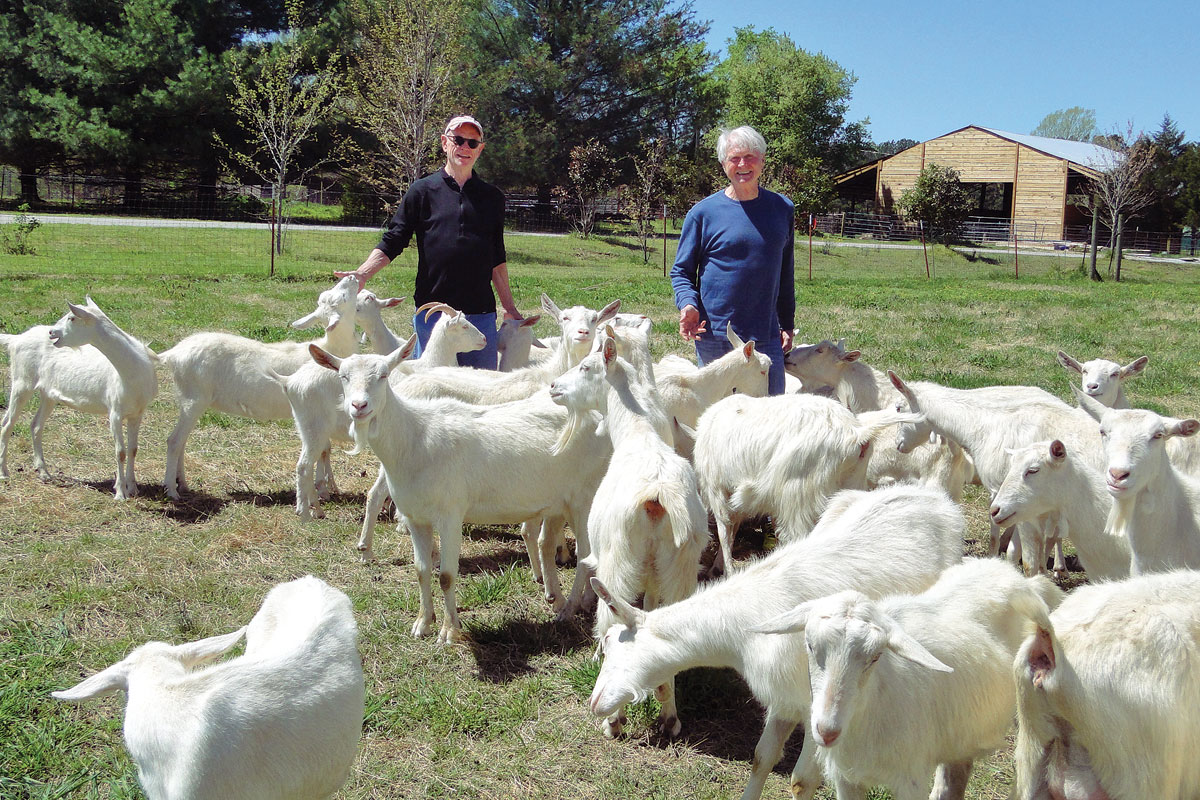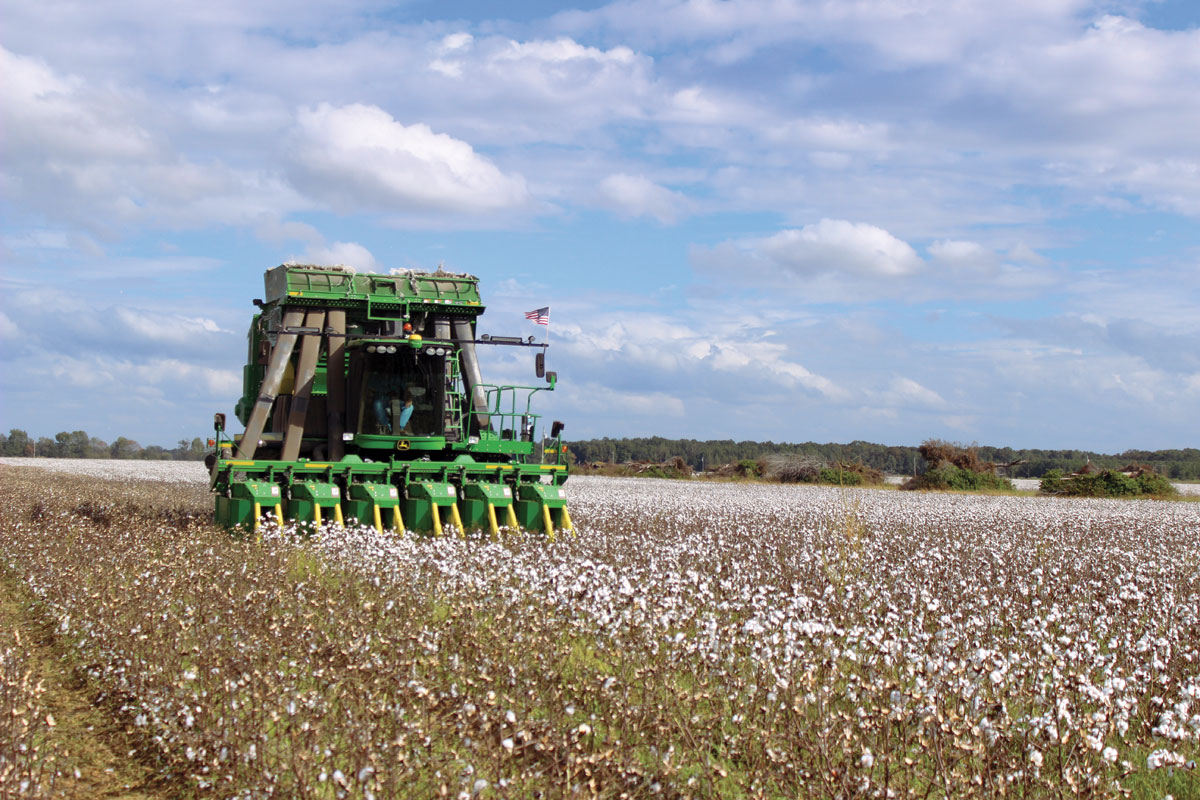
North of Pryor, Okla., on highway 69 in Mayes County, is the site of the shipping and receiving end of the A-Bar Ranch, owned by Mike Armitage and managed by his son Merrit Armitage along with several ranch hands. Merrit inherited his marketing business-like sense from his dad and uses it on his ranch that he shares with his wife, Michelle.
Merritt has been building his own herd apart from his dad’s herd since he was very young. “I plan on building it more within a year. I will put the Angus genetics back on the Black Angus bred Tigerstripe by putting more Brangus bulls on the ones that are losing their trait,” he said.
“You get more of an eared cattle, added pounds, resilience in the summer, they live longer and the frame of the animal is more Angus from a production standpoint. It varies from person to person what they favor. I enjoy working the Brangus Tigerstripe on horseback. They handle better if they are raised on the property. Plus, I like the hybrid vigor because they raise good,” assured Merrit.
Regular maintenance, a good feed program and correct preventative care enhances the overall health of the herd. “My program follows my dad’s program.
“Cattle will still catch an illness but it is not a problem here. We live in a pretty stable climate to where that is not a problem and we have an excellent program,” he added.
Cattle producers run the risk of livestock loss through compromising weather, illnesses, diseases, fires or carnivores with big appetites.
A cow handler needs to be a Jack-of-all-trades. “Early on when I was younger and living at home, we kept the heifers out. I was always the night watchman. You need to be an on call doctor at that point and be able to pull a calf at the midnight hour. You have to know how to sew a prolapse; so you have to be a seamstress. A lot of times we will rope and doctor cattle. If we can’t pen them, we will run them through a chute. If it is a respiratory or any kind of infectious diseases, then we will occasionally dart them.”
The ranchers carry a single-shot break open 12 gauge that was converted to a dart gun for medicinal purposes of treating livestock on the go. The darts are purchased at an animal health store. He said, “We fill them up and shoot the ones that need it. We can resolve a sick animal on the spot. If it is a bad eye, foot rot or respiratory issue, we can give a shot pretty easily nowadays and go on about our business because time is money.”
Extinguishing the fear in cattle keeps everyone safe by using the dart gun. Crowding them in a chute only excites them, which increases their flight zone pattern of behavior that could pose danger. Large fearful animals are dangerous. Ruminants have a depth perception and visual field over 300 degrees (wide-angle), with a blind spot occurring immediately behind them.
Oklahoma State University (OSU) indicated close to half of the on-farm accidents reported were due to human error. Trying to separate an animal from its herd causing as much anxiety in them as rejoining the herd. This reinforces the minimal separation and enhances the use of the medicinal darts.
Genetic traits, frequency of human interaction and experiences determine the flight zone behavior of the cattle.
“In our horse program that is a big part of our program too in raising horses and using the dart gun. A lot of times if we have a cow that is really sick, we will pen her, isolate her and maybe re-vaccinate, if needed. In some cases you have to go out and rope the cattle to be able to doctor it. It always works hand-in-hand with our horse program because you are teaching the horse skills that advance him. Sometimes shooting a gun out the window does not help your horse program but when the cattle are spread out in the country, you do not have time to go back and saddle up a horse and then come back to dart them.”
Traditional versus non-traditional handling of stock is preferred since the majority of work is done on horseback. “Here recently we worked with fall calves and dragged them to the fire (branding pot) and branded them. We worked them with a horse since it is an easier way to work them and a lot safer than crowding them through a chute. We have good horses and are able to do that.
“There are pros and cons to every breed. Managing their health and minimizing risks go together,” concluded Merrit.







